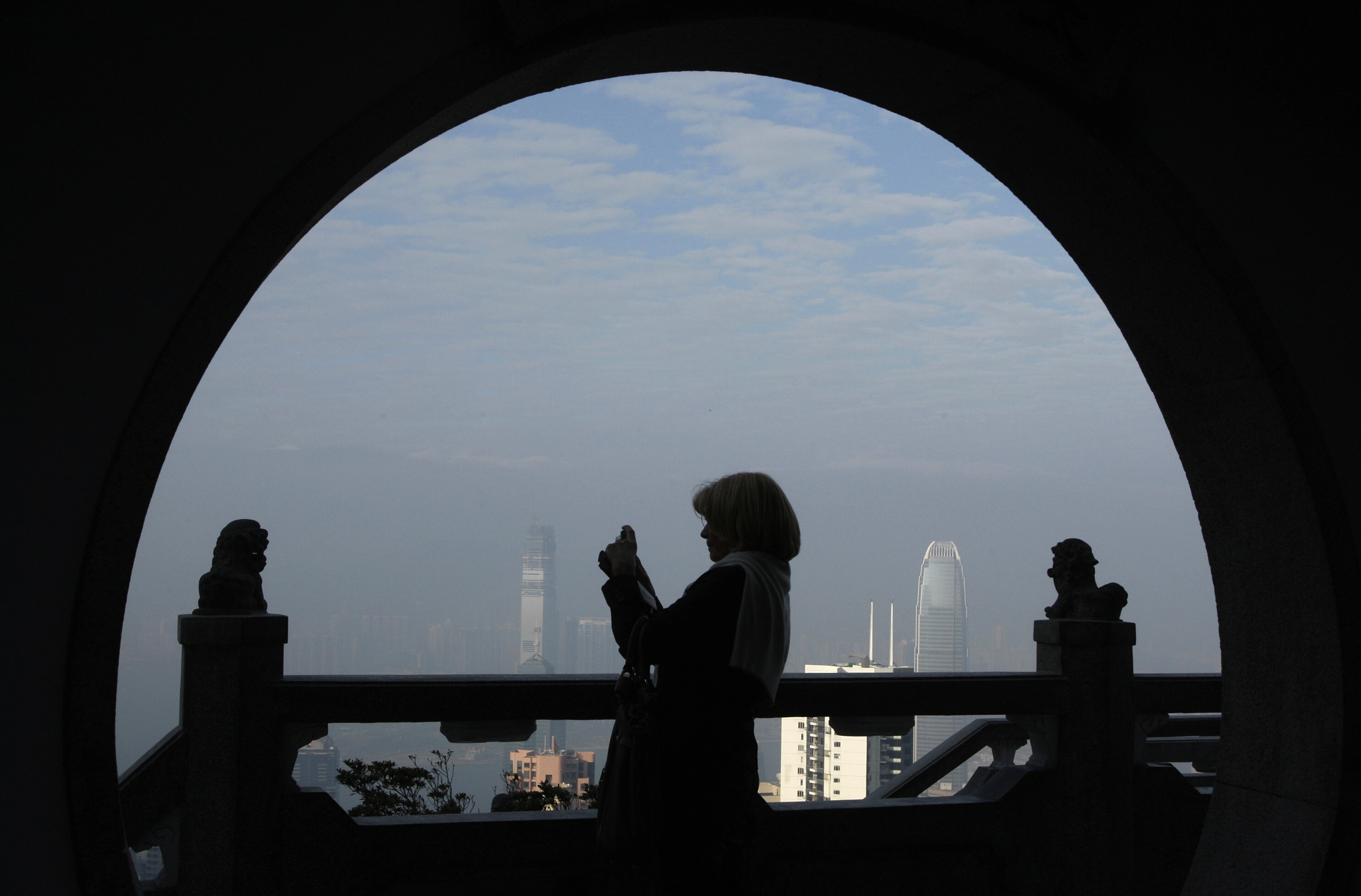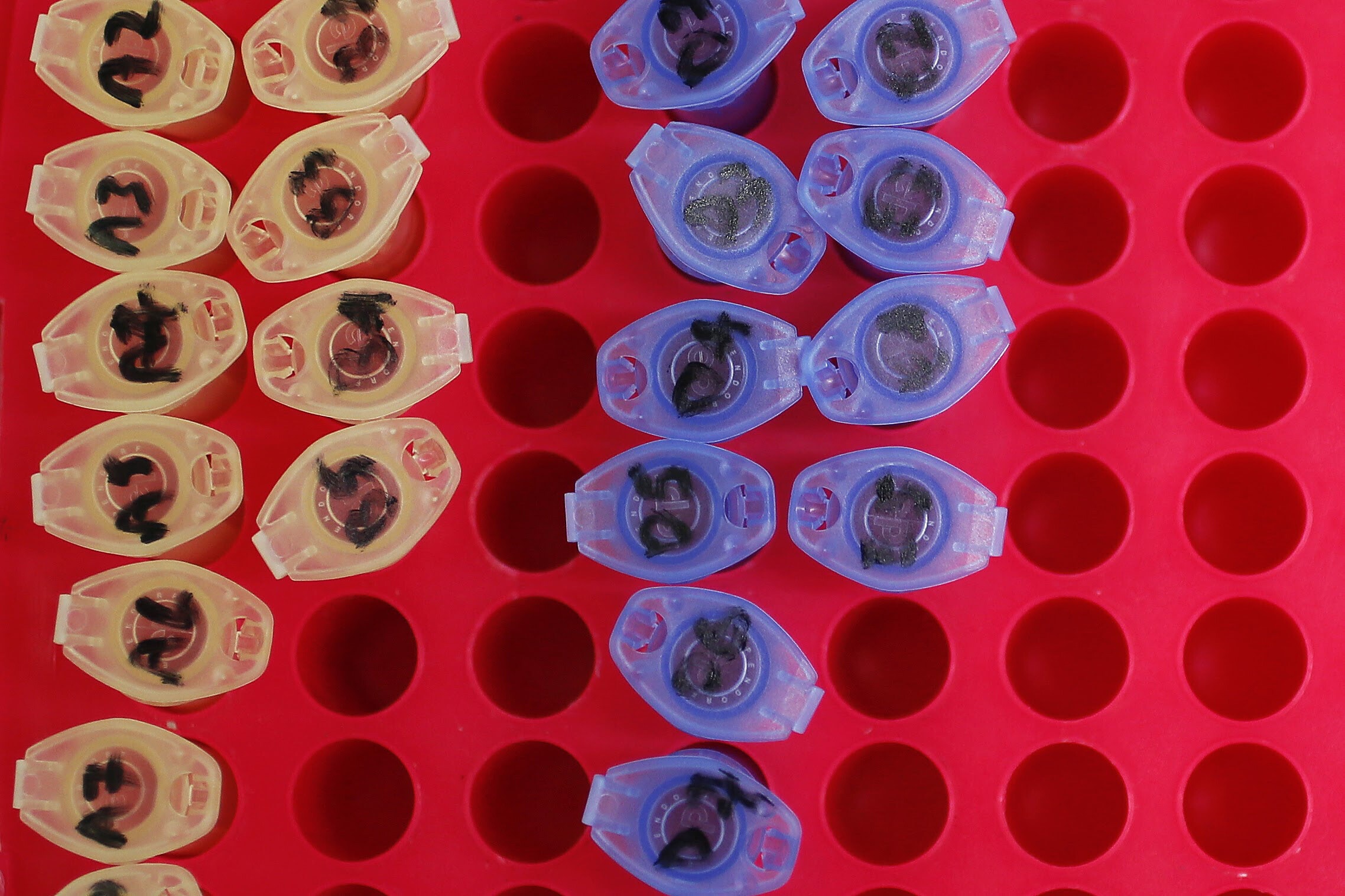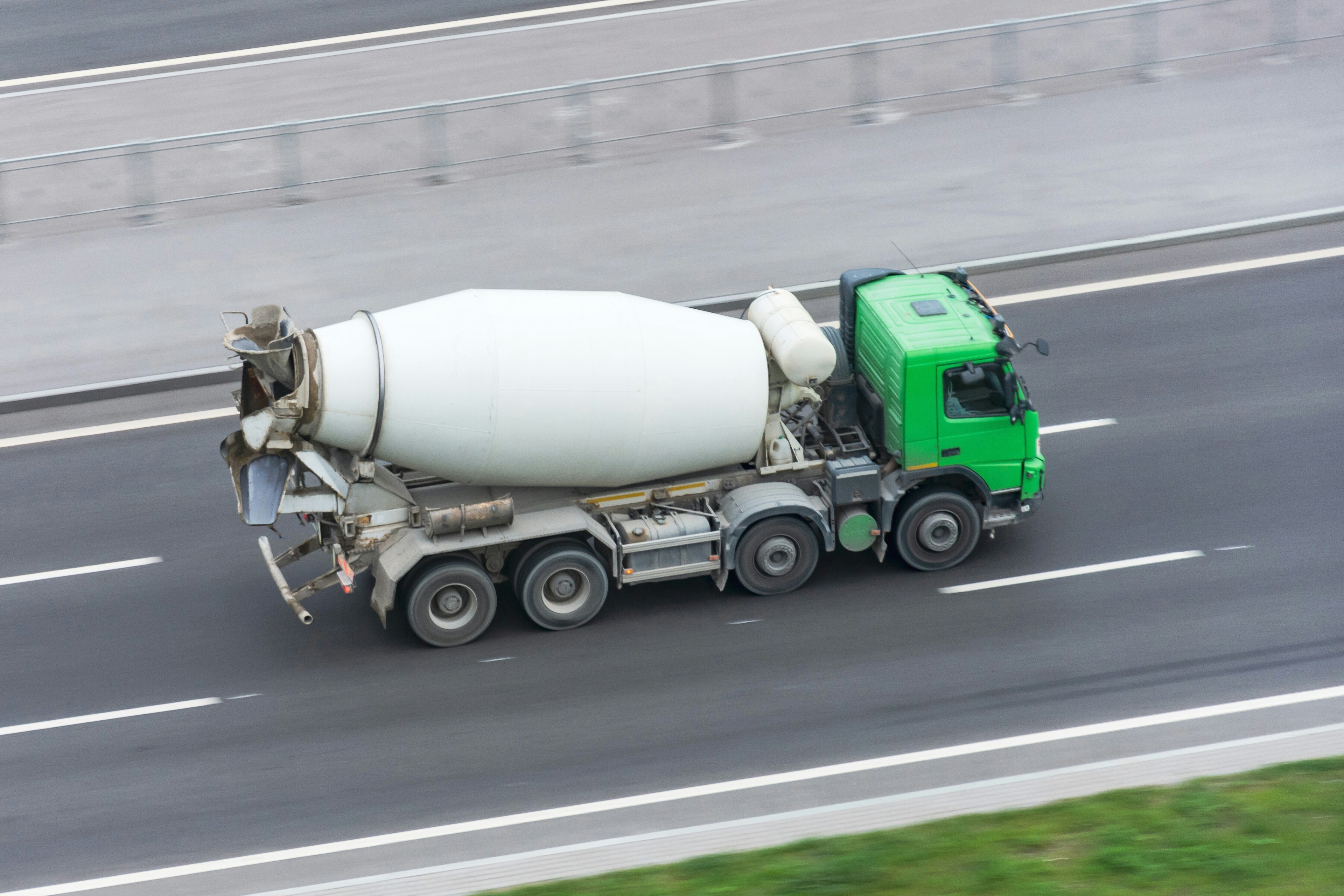The world's fastest mode of transport could soon be here

Believe the Hyperloop ... passengers could soon hurtle between Asia and Europe at 760 mph Image: REUTERS/Steve Marcus
Imagine if it only took a day for products to travel over land from China to Germany.
It could soon be a reality, if Russia goes ahead with a plan to introduce a new fast-speed pipeline called the Hyperloop. Much as oil and gas travel through pipes, cargo and passengers may soon find themselves shooting through pneumatic tubes at speeds of up to 760 miles per hour.
Tech entrepreneur Elon Musk once envisioned a tube transportation project that could move passengers and cargo from San Francisco to Los Angeles in 30 minutes. Two companies – Hyperloop One (formerly Hyperloop Technologies) and Hyperloop Transportation Technologies (HTT) – are now exploring Musk’s idea with a view to building the first transport-ready tube by 2020. According to the chief executive officer of Hyperloop One, feasibility studies have been launched not only in Russia but also in the United Arab Emirates, Finland, the United Kingdom and the United States.
Hyperloop One has joined forces with the city of Moscow and Summa Group, a local investment and construction conglomerate, to bring the vacuum tube to Russia.

So what are the benefits?
Air transportation is fast but costly, so most cargo is shipped by sea. To travel by sea between Asia and Europe can take around 30 days – and that’s without considering overland transport to and from the ports. Rail transportation takes nearly half that.
The southern rail route between China and Russia is 6,213 miles long and takes 12 days, while an 8,077-mile northern rail route through Russia takes 16 days. Can the Hyperloop ultimately provide the quickest transportation option, at affordable cost?
Construction costs are important to consider. Building and operating a Hyperloop is estimated to be in a similar range as building and operating high-speed rail infrastructure and trains. The construction cost for high-speed rail lines, such as the Haikou-Sanya line in China and Madrid-Albacete line in Spain, come in at about US$15 million a mile.
_________________
Have you read?
This is what the Hyperloop could do to your commute
How will the Hyperloop change rail transport?
_________________
Elon Musk suggested that a San Francisco-Los Angeles Hyperloop would cost $11.5 million a mile. Hyperloop One estimates the cost of building the vacuum tube to be anywhere between $5 million and $20 million a mile. However, the cost might be much higher if instead of pressurized air generated by compressors (as proposed by Musk) the more expensive magnetic levitation technology is installed, using powerful electromagnets to lift the train carriages. The 19-mile "maglev" line in Shanghai has cost $63 million a mile, and a proposed 178-mile track in Japan is expected to cost roughly $250 million a mile.
Earlier this year, HTT announced an exclusive deal to license passive magnetic levitation technology, which would eliminate the need for power stations along the track and could therefore lower operating costs. Also, HTT had filed permits in Kings County, California to build a five-mile test track. Hyperloop One tested the propulsion mechanism on 11 May 2016 in Nevada. Although the test result can be considered a first proof of concept, the outcome isn’t yet clear as the demonstration focused only on one part of the complex solution.
The race is on. But a project the size of the Transonic Silk Road would require sizeable political and financial support from China. Initial interest seems to exist: CRRC Corp, China’s largest maker of railway equipment, has apparently been in talks for a potential investment in Hyperloop One, according to a Bloomberg report earlier this year.
Depending on these developments, the Belt and Road initiative might soon connect Asia and Europe overnight by the Hyperloop, potentially requiring a quick name change from Belt and Road to Belt and Tube.
Don't miss any update on this topic
Create a free account and access your personalized content collection with our latest publications and analyses.
License and Republishing
World Economic Forum articles may be republished in accordance with the Creative Commons Attribution-NonCommercial-NoDerivatives 4.0 International Public License, and in accordance with our Terms of Use.
The views expressed in this article are those of the author alone and not the World Economic Forum.
Stay up to date:
Infrastructure
Related topics:
Forum Stories newsletter
Bringing you weekly curated insights and analysis on the global issues that matter.







